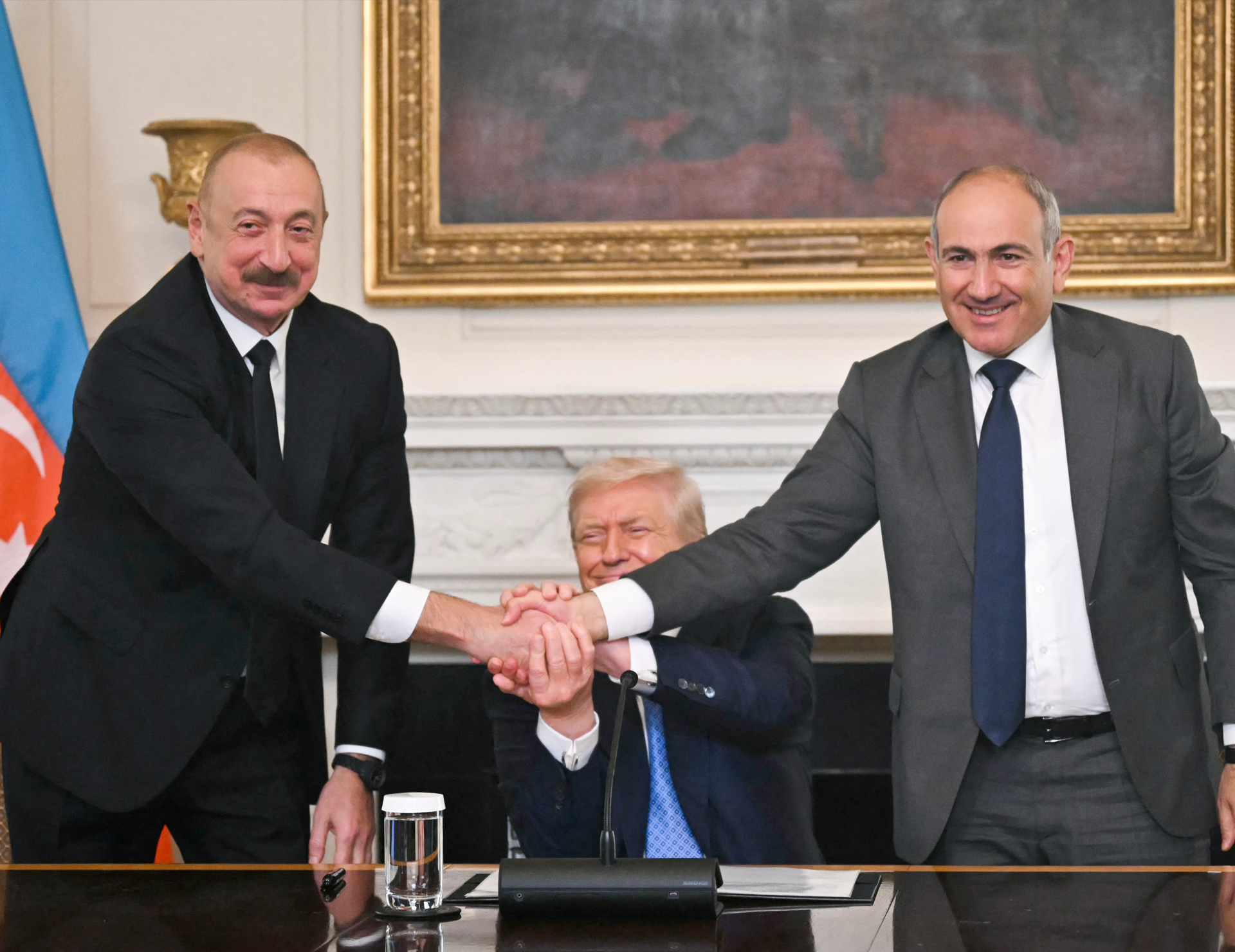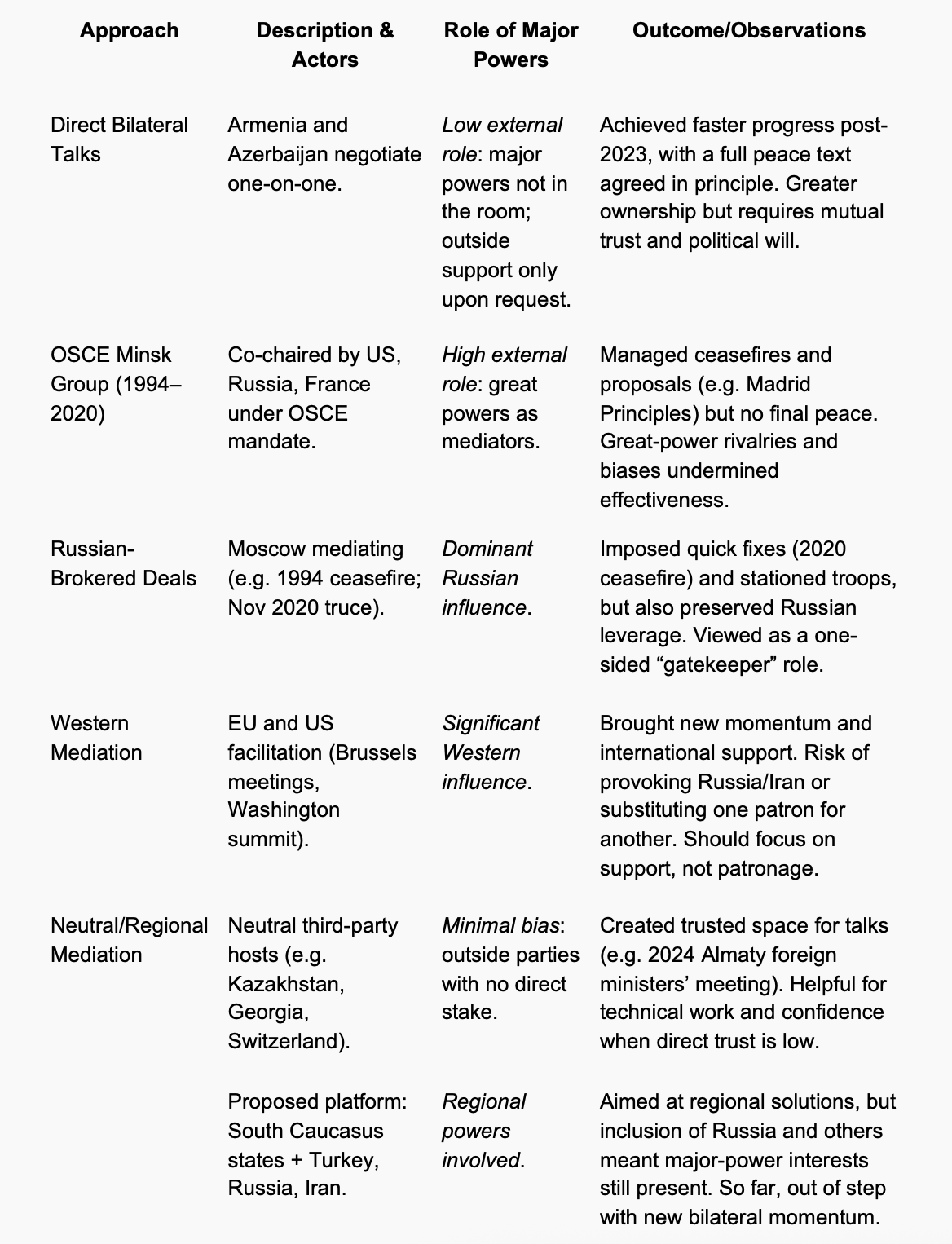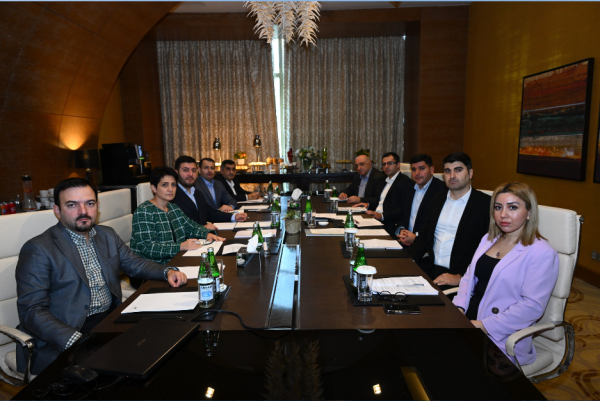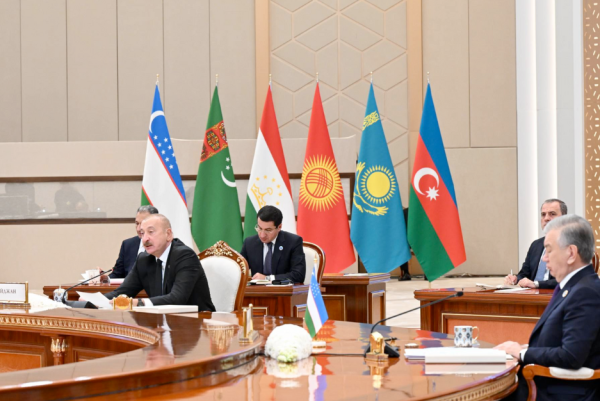How to sustain bilateralism between Armenia and Azerbaijan?

For decades, negotiations between Armenia and Azerbaijan followed a multilateral framework. Considering that there was not huge success in such framework it proved to be problematic due to several factors: 1. the fragmented interests of external mediators, 2. the lack of direct accountability between Armenia and Azerbaijan themselves. Mediators were approaching the peace process through the lens of their own geopolitical rivalries, Russia seeking influence in the South Caucasus, Western states wishing stability but with no leverage.
However, after the 2020 war, especially from 2022 onward, even though the European Union and, to some extent, the U.S. provided platforms for meetings, the substance of negotiations increasingly became bilateral.
By 2023 the conflict’s core shifted away from the question of status toward state-to-state relations. Baku and Yerevan began negotiating directly on peace treaty terms, border delimitation, and connectivity. Today the process is more firmly in the hands of the two states themselves.

However, what we see now is Trump trying to claim the peace process as part of his own legacy, even though the shift toward bilateralism came out of regional changes after the 2020 war rather than any single outside initiative. At the same time, China has been moving closer into the South Caucasus, with new agreements on trade, infrastructure, and energy signed that tie the region more closely to its Belt and Road vision.
Against this backdrop, the key challenge for both Armenia and Azerbaijan is to keep the peace process in their own hands—welcoming outside support when useful, but preventing external powers from overshadowing or redirecting the progress achieved through direct dialogue.
This raises a critical question: how can this newly established bilateralism be sustained?
The answer to this question lies in some actionable steps, which could consolidate an autonomous peace process:
(1) There is a need to institutionalize bilateral dialogue and maintain regular direct dialogue at all levels (leaders, foreign ministers, working groups), as well as avoid outsourcing negotiations to any single power or bloc. It can be done by using external facilitators sparingly, preferably neutral states or international organizations in technical roles, and retaining decision-making authority in Armenian and Azerbaijani hands. This builds mutual accountability and reduces the risk of spoilers imposing their agendas.
(2) Finalise the joint commissions (on borders, transport, and treaty implementation) provided in the draft agreement. Schedule standing meetings (e.g. quarterly or biannually) for these bodies so that routine issues are addressed through dialogue. Consider establishing a bilateral inter-governmental council chaired by the two leaders to oversee all aspects of normalization, similar to the France-Germany model after WWII.
(3) Follow through on all agreed CBMs and expand them. This includes military transparency steps (hotlines, pullback of troops from sensitive spots, inviting each other’s observers to military drills), humanitarian gestures, and societal outreach (media campaigns countering hate speech, cultural festivals celebrating shared heritage).
(4) Both Yerevan and Baku should be cautious about inviting foreign militaries or security guarantees that come with strings attached. Armenia’s recent pivot away from over-reliance on Russia and refusal of a mooted U.S. security mission on its border are steps in this direction. Likewise, Azerbaijan has avoided hosting any foreign bases.
(5) Continue to use neutral venues and facilitators for tricky issues. Countries like Kazakhstan, Switzerland, Georgia, Sweden, or others can host dialogues on specialized topics (border commissions, cultural heritage, etc.) where their neutrality is an asset. Regionally, keep close consultation with Turkey, Iran, and Georgia to ensure peace dividends (trade routes, energy projects) benefit the wider neighborhood and mitigate any fears they have. An inclusive approach makes it harder for a disgruntled neighbor or big power to play spoiler, as all have some stake in the new stability.
(6) Simultaneously, consider auxiliary agreements, for example, a bilateral friendship treaty or security pact that codifies vows of non-aggression and possibly mutual consultation on security threats.
(7) Finally, ensure that ordinary Armenians and Azerbaijanis feel the benefits of peace early on. This is the surest way to lock in a bilateral path. Expedite opening transport links, enabling commerce and travel that improve daily life. Promote joint economic ventures (for instance, Armenian participation in Azerbaijan’s regional trade hubs, and Azerbaijani investment in Armenia’s industries) and launch visible projects like the Armenia-Azerbaijan Business Council or annual trade fairs.







